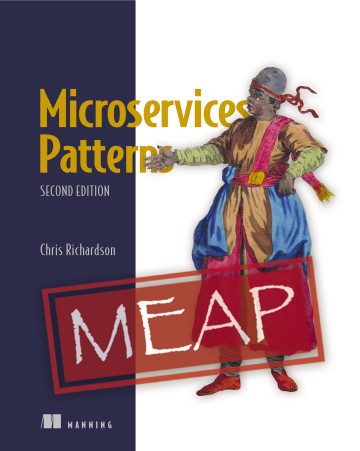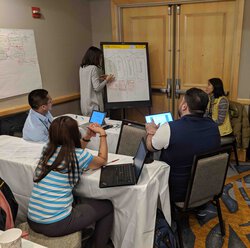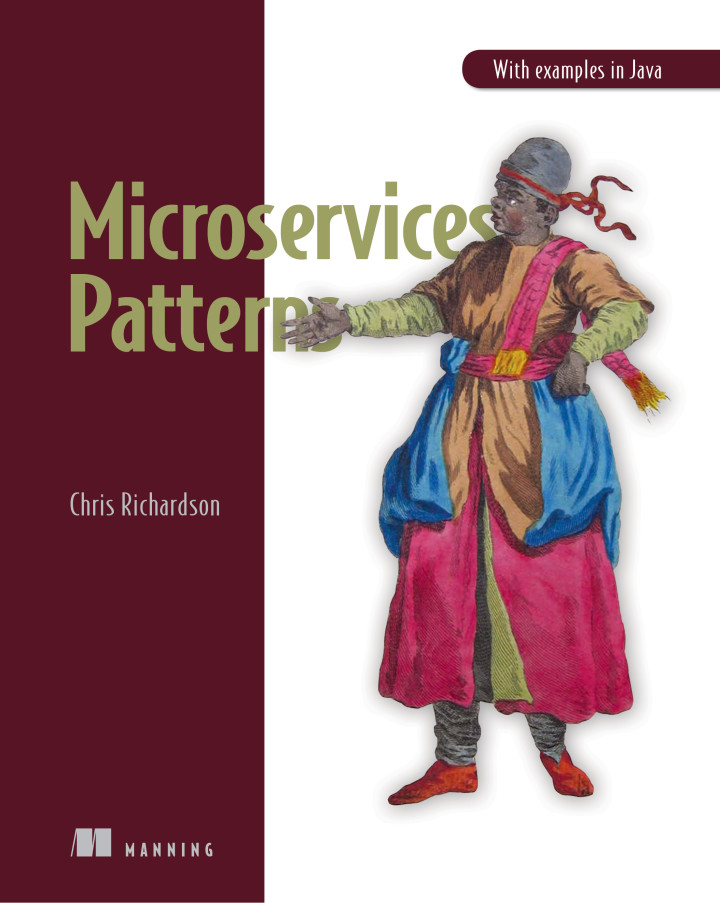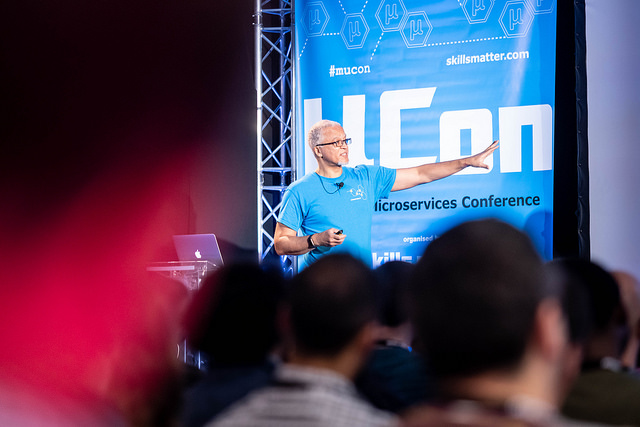Layered monolith
Contact me for information about consulting and training at your company.
The MEAP for Microservices Patterns 2nd edition is now available
Context
Teams own one or more subdomains/bounded contexts.
subdomains/bounded contexts consists of different types of logic:
web- e.g. REST controllersdomain- business logicpersistence- data access logic.
Forces
- Simple components
- Team autonomy
- Fast deployment pipeline
- Support multiple technology stacks
- Segregate by characteristics
- Minimize design-time coupling
- Maximize cohesion
Problem
How to structure the monolith/component? How to organize the subdomains/bounded contexts to form a monolith/component?
Domain view: comprised of packages, package hierarchy (and classes)
Component view: comprised of Maven/Gradle modules
Solution
Structure the monolith/component as a collection of technically-oriented layers, e.g. web, domain, and persistence.
Domain - Packages: com.<company>.<application>.<layer>.<domain>
Component - Maven/Gradle module: web, domain, persistence
- I suppose a layer could consist of multiple Maven/Gradle modules.
Implementation of a subdomain/bounded context is spread across the layers.
JPA - what’s the actual layers:
interface CustomerRepository extends JpaRepository<Customer, Long> {}
This can’t be in a persistence layer, because that creates a circular dependency.
Could have DAOs and DTOs in the persistence layer
Domain layer API:
- Old school - DTOs
- New school - Open Session in View
Variation
Technically-oriented hexagonal architecture.
Domain - Packages: com.<company>.<application>.<adapter-X|domain>
Component - Maven/Gradle module: adapter-X, domain
Resulting context
- Simple, familiar
- JPA entities can reference each other
Benefits
Drawbacks
- Simple components
- Team autonomy
- Fast deployment pipeline
- Support multiple technology stacks
- Segregate by characteristics
- Minimize design-time coupling
- Maximize cohesion


 Premium content now available for paid subscribers at
Premium content now available for paid subscribers at 




